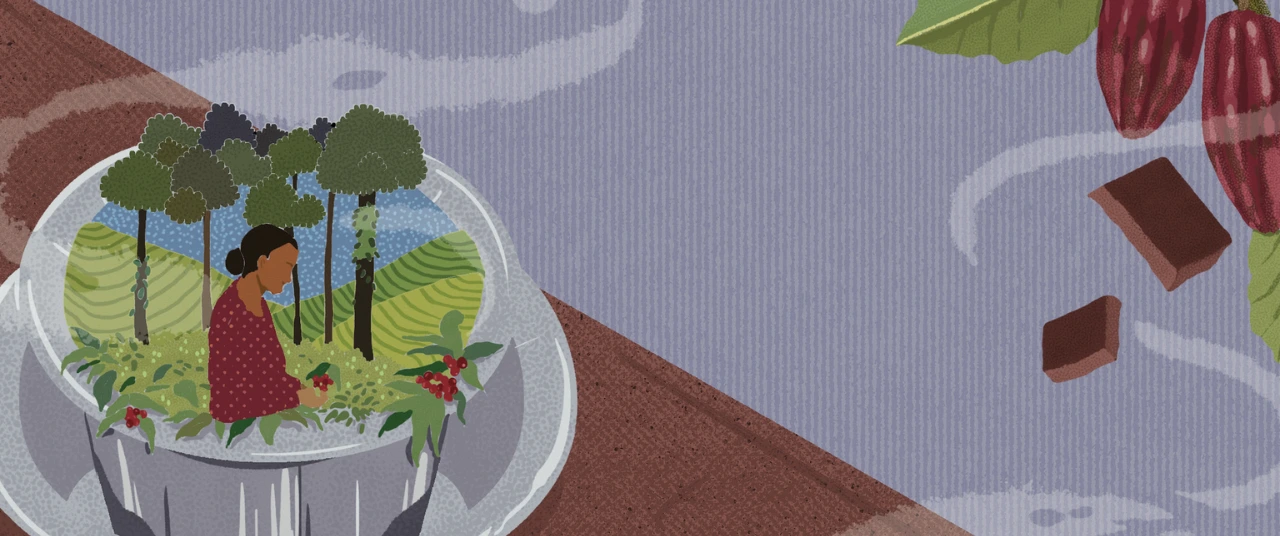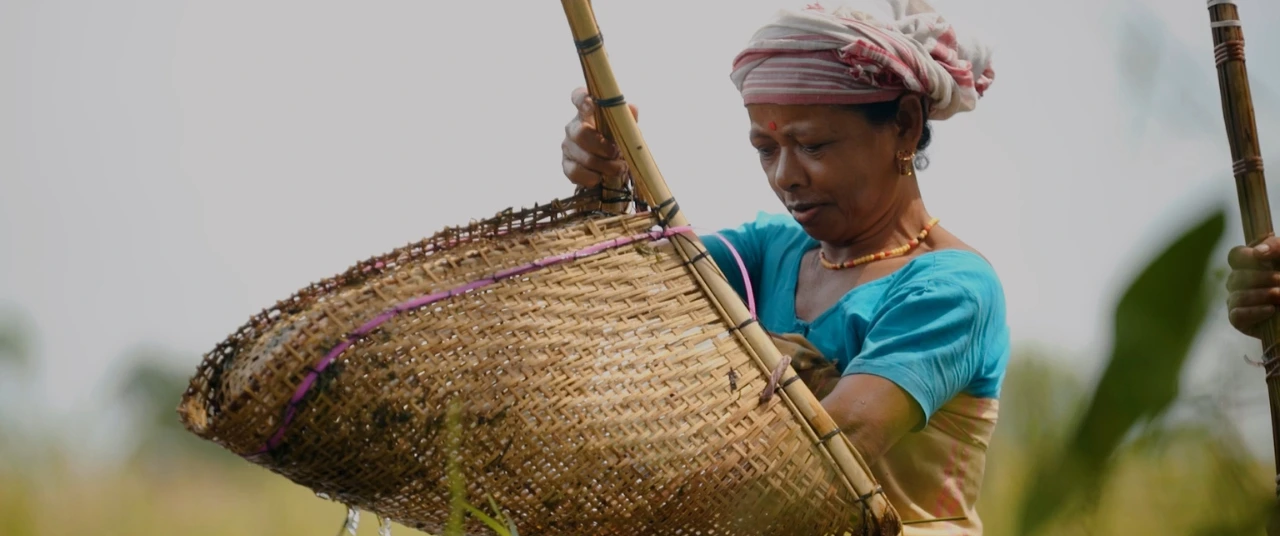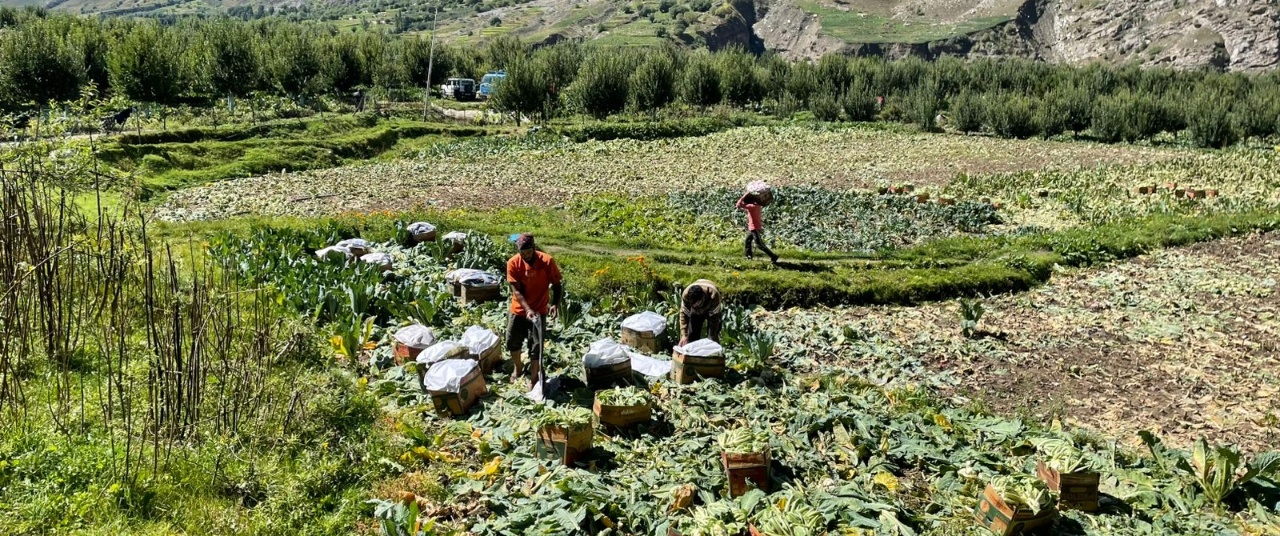Mushrooms—delicate, grotesque, rare or even poisonous—are ambassadors of an ancient system that sustains life itself






When most of us picture a forest, we usually imagine looking upward at the grand, green treescape. But under it lies another presence: fungi, those invisible architects of decay and renewal, who make up the forest’s quiet infrastructure, and without whom a part of the ecology would collapse.
Fungi are their own kingdom—neither plant nor animal, though long mistaken for both. They lack chlorophyll, and so they do not absorb sunlight as plants do; instead, they secrete enzymes into the world and reabsorb the results. In this way, fungi dismantle leaves, wood, and the accumulated litter of centuries, returning carbon, nitrogen, and phosphorus to the soil. What we casually call a mushroom is only the tip of the proverbial iceberg—a fruiting body, comparable to an apple on a tree. The mushroom’s role is reproductive: to scatter spores into the air.
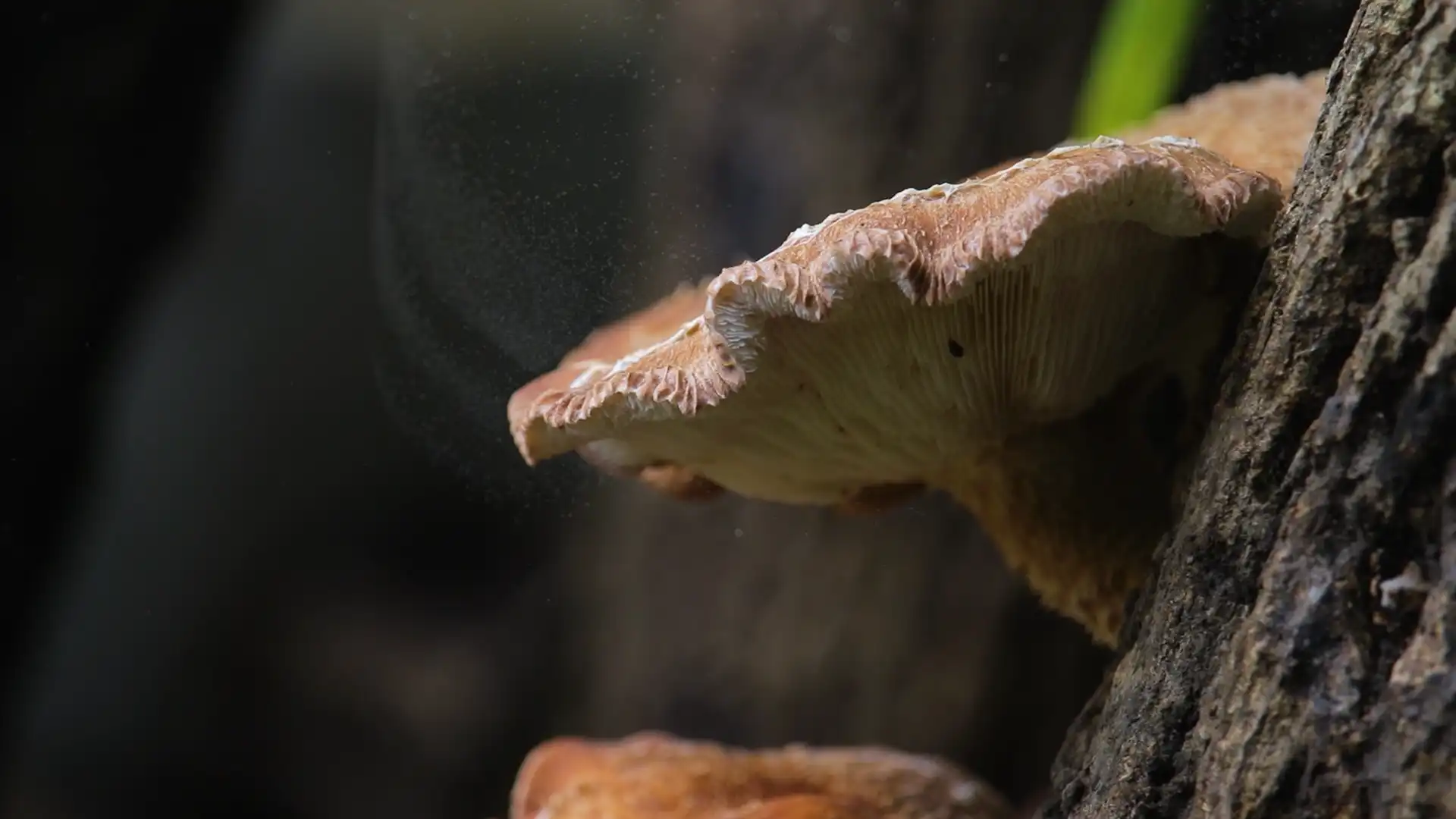
Mushrooms spring up with the arrival of the monsoons, when the moisture and humidity of the rains push the mycelium—the underground fungal network—into reproductive mode. Beyond fruiting, these networks act as a connecting framework for forests, often called the “wood wide web.” Through this brilliant and complex system, fungi create channels for roots of trees and plants, allowing them to exchange nutrients, warn each other of pests or disease, and even support weaker neighbours by channelling resources their way.
Their designs, however, are anything but utilitarian. Mushrooms appear as parasols and trumpets, honeycombs and coral, ashen frills and scarlet totems. Their colour palette ranges from the austere white to the dramatic red, gold, and black.
{{marquee}}
Also read: India’s mushroom moment: Rural and urban farmers are betting on fungiculture
A kingdom of varieties
In many cultures, mushroom-picking is a ritual. They form an essential part of the diet in several regions, especially where access to other protein sources is limited. They are particularly significant in the northeastern states of Nagaland, Manipur, and Assam, in the central state of Jharkhand, in the southern region of Kodagu (Karnataka), and in the northern states of Jammu & Kashmir and Himachal Pradesh.
Species like shiitake and enoki have been cultivated for thousands of years, their place in gourmet cuisine and medicinal cures recorded in a host of cookbooks, medical documents and apothecary records. Some varieties are beloved staples, like the white button mushroom that recurs in salads and pizzas. It is, humbly enough, the same species as the robust portobello, which takes its name from the Italian region of the same name, reflecting its origins. Others, like chanterelles, porcinis and morels are luxuries, available only to those with the patience to forage or the money to indulge.
Yet, fungi refuse to be reduced to a binary of edible and poisonous.
And then there are the sinister cousins. The fly agaric—bright red with polka dots, as if designed by a children’s illustrator—is both a fairytale icon and a biochemical hazard that can be found in the Nilgris. More treacherous still is the death cap, a pale green deceiver responsible for most fatal mushroom poisonings worldwide, its toxins so efficient they can reduce a healthy liver to ruin in days.
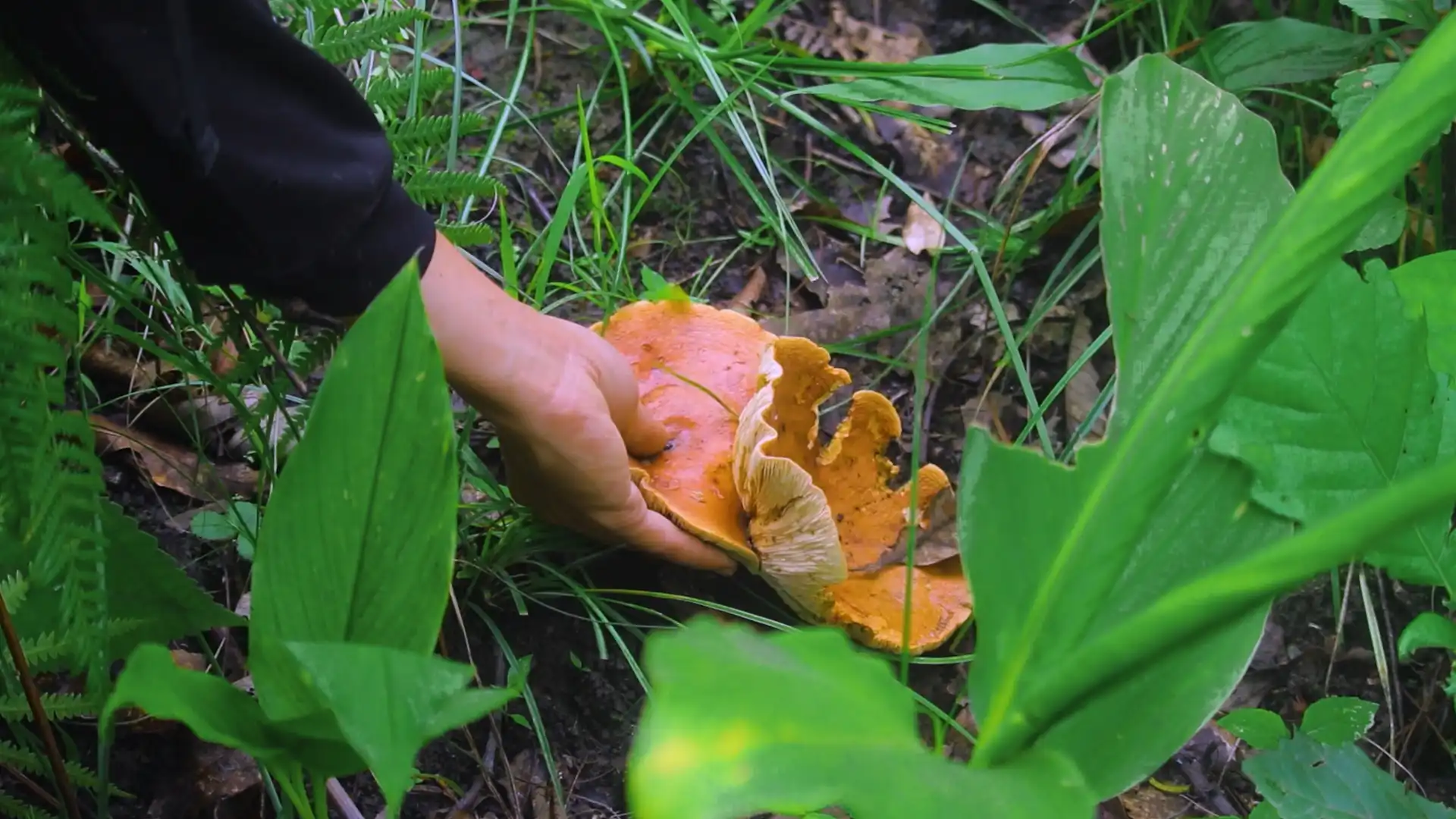
Yet, fungi refuse to be reduced to a binary of edible and poisonous. The lion’s mane that dangles from tree trunks in shaggy white tassels has also found its way into stores as coffee, medicinal capsules, powders and even in its dried form, used in cooking for its rich umami flavour and hailed for its effects on memory and nerves. The turkey tail, a fan of coloured rings clinging to fallen logs, is steeped into capsules as an immunity-booster.
Animals, too, partake in their mysteries. Rodents gnaw at them, insects burrow into them, and deer nibble on them from the forest floor. In Africa and Asia, termites perfected agriculture long before humans, cultivating Termitomyces fungi in vast underground gardens. They gather and chew plant matter that would otherwise be indigestible, feeding it to the fungi, which in turn break down cellulose and lignin—a glue-like substance in plant cell walls that makes them rigid and woody—into nutrients the colony can eat.
In exchange, the termites carefully regulate temperature, humidity, and airflow inside their mounds—conditions that function like a natural greenhouse. It is an ancient form of farming, built on the same principles of domestication, environmental control, and nutrient cycling that humans would adopt millions of years later.
We, too, have embraced fungi as crops. Mushroom farming has grown into a multi-billion-dollar industry, with homegrown ventures springing up across cities and exotic varieties increasingly finding their way into markets and kitchens.
Also read: Why bajra, the ‘pearl’ of India’s millets, remains underutilised
More than a feast
Across regions in India where mushrooms are commonly found, foraging is more than just filling the pot. The Deori tribe in Assam and the Khonds of Odisha view foraging as a means to safeguard both biodiversity and cultural heritage, passing down ecological knowledge through the generations. For the Baiga tribe of Madhya Pradesh and Chhattisgarh, forest produce shapes ritual and medicine; they also inspire community fairs where uncultivated foods are celebrated. In Sikkim, the Rong tribe gathers plants with restraint, leaving enough for animals, spirits, and the future, while in Arunachal Pradesh, the Nyishi, Adi, and Monpa tribes have communally-maintained fragments of forests and knowledge gardens which protect local crops and traditional know-hows.
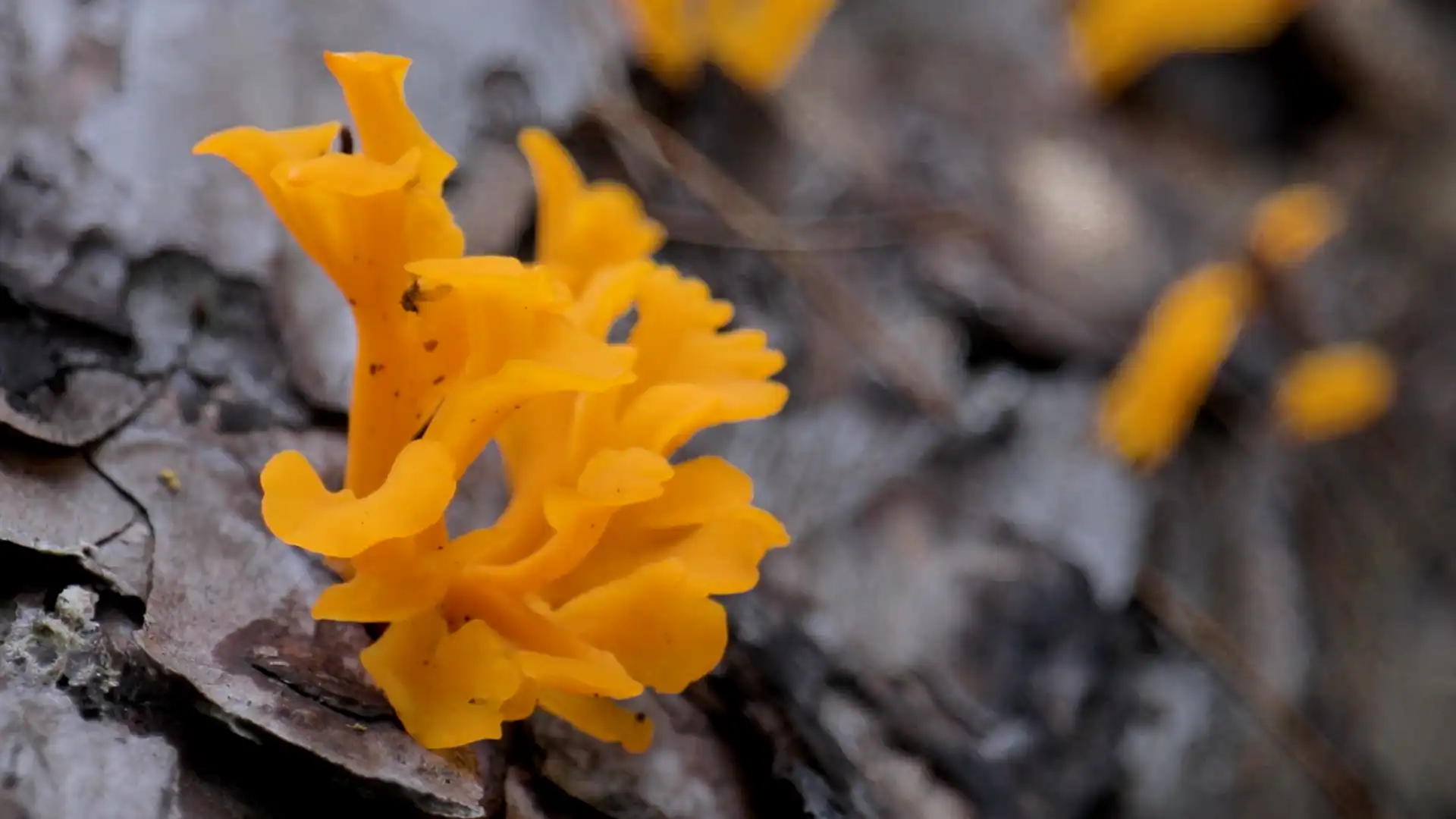
Fungi enjoy a continued relevance in science and culture. Penicillin, that great modern saviour, emerged from a mould. Researchers continue to mine fungi for new medicine every day. Designers imagine mushrooms not only on the plate, but as packaging material, textiles, even bricks. And yet, biologists estimate that more than 90% of fungal species remain undiscovered. Fungi are the dark matter of biology—present everywhere, but scarcely understood.
Also read: Why kokum, a beloved souring agent, hasn’t evolved into a commercial success
{{quiz}}
Explore other topics
References

What do mushrooms lack that makes them different from plants?
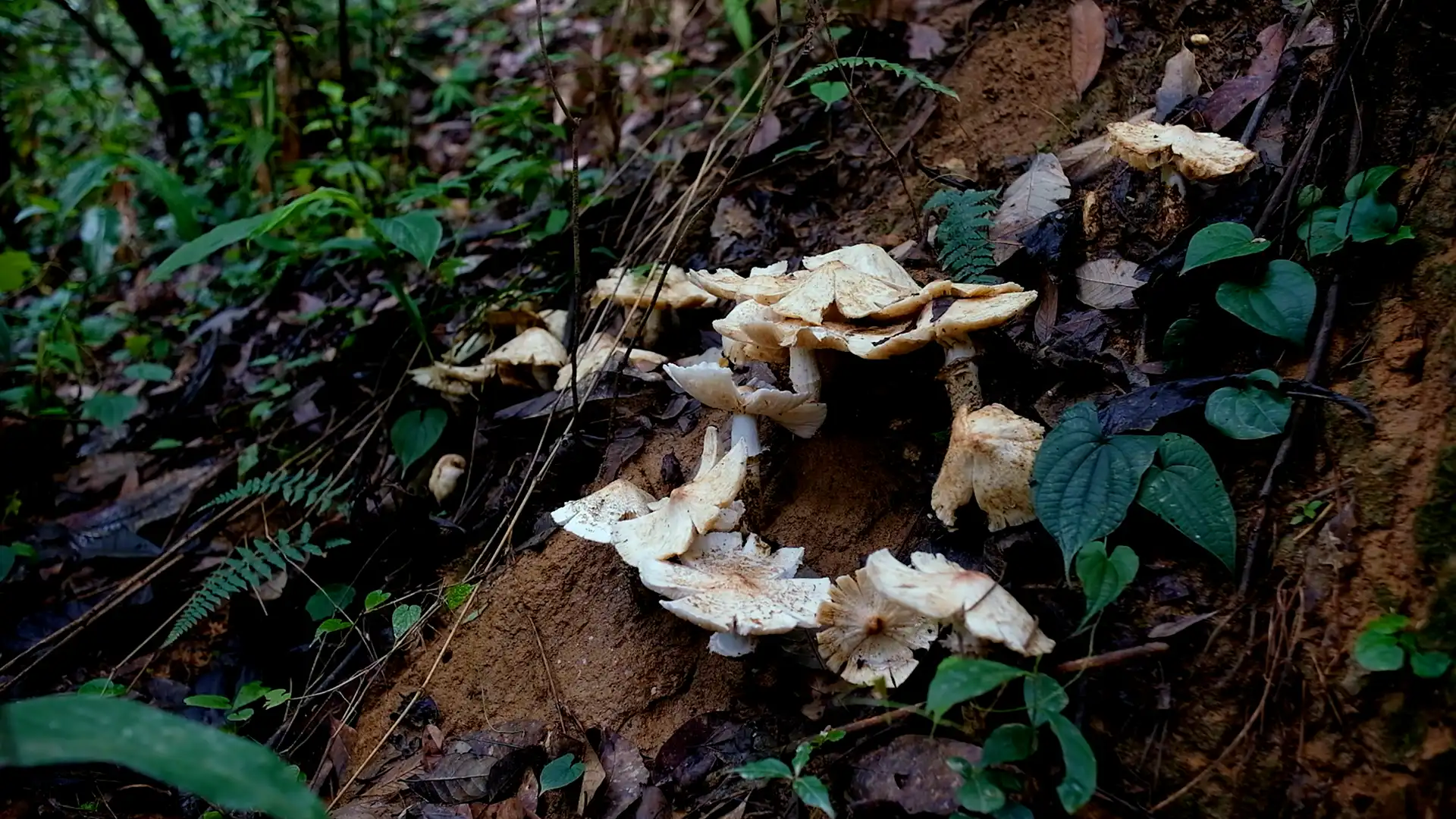
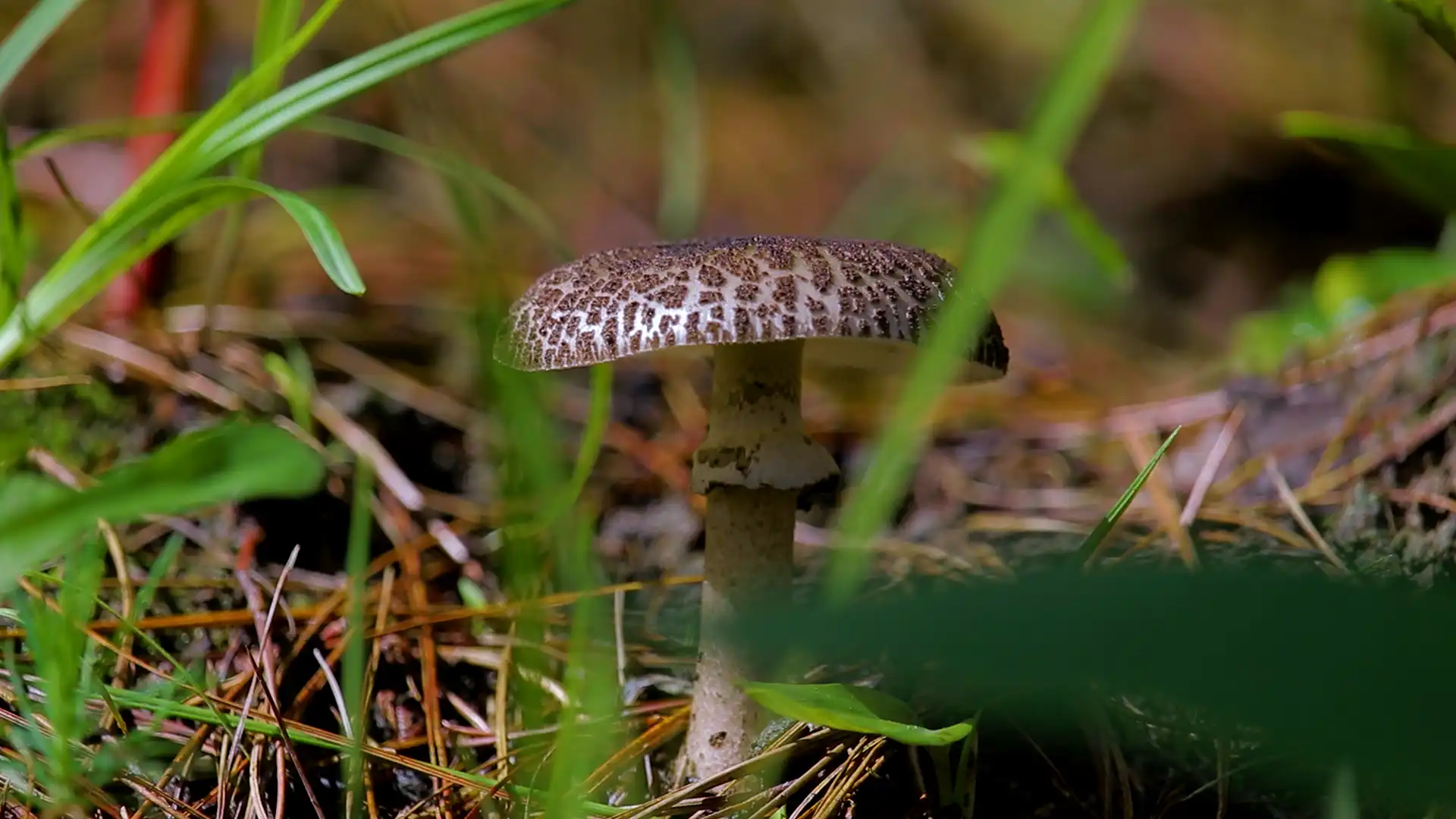
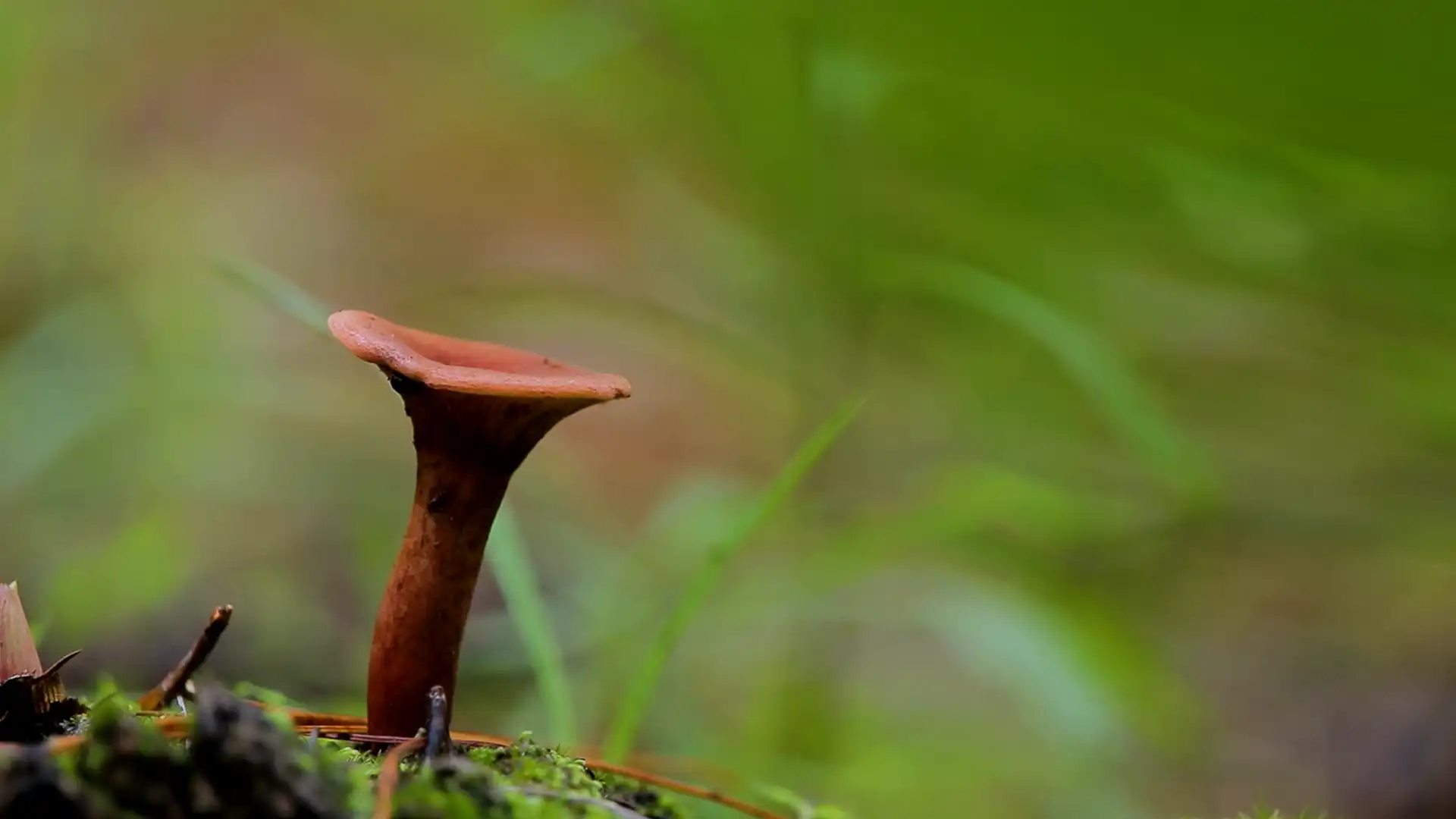
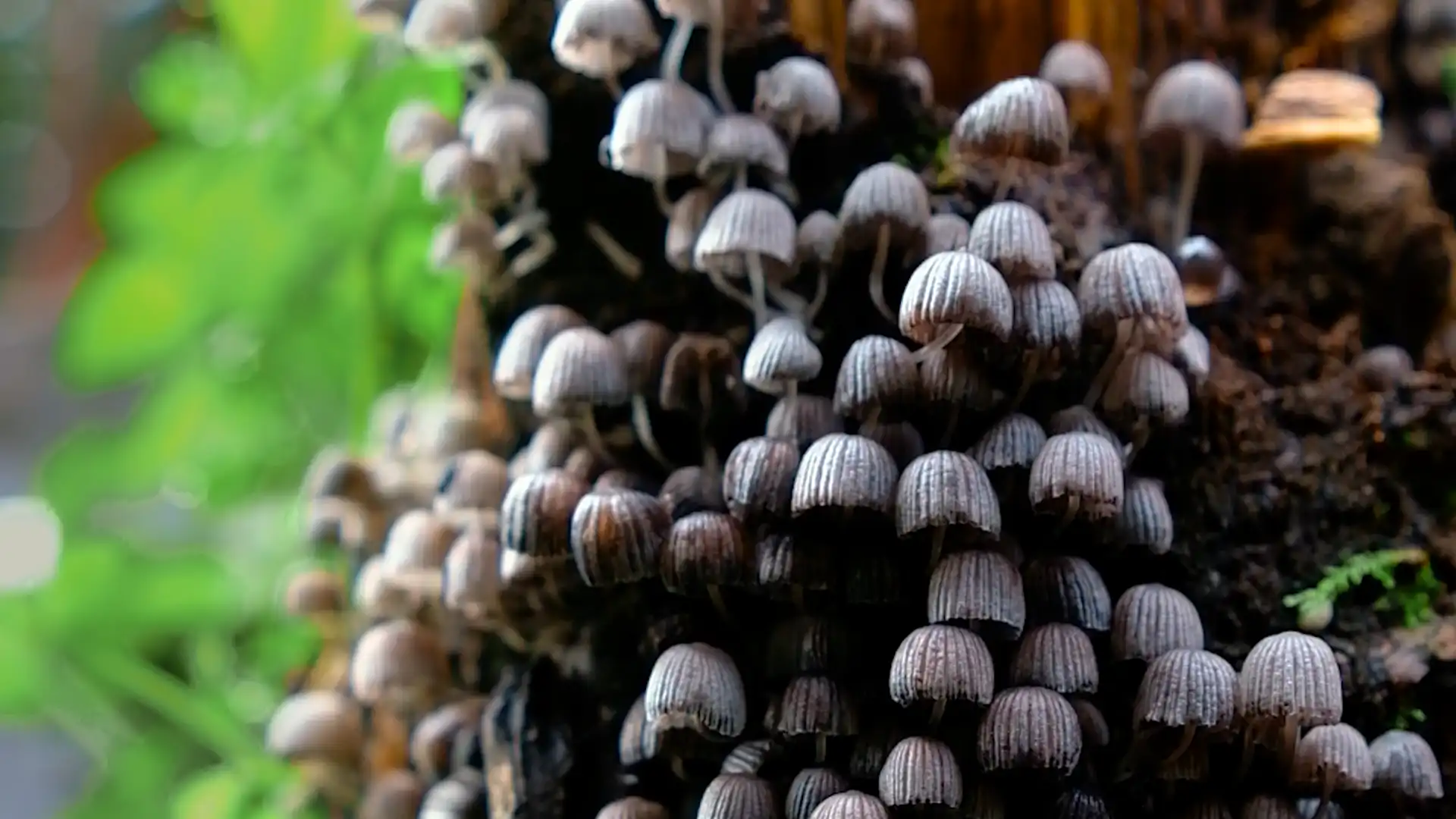
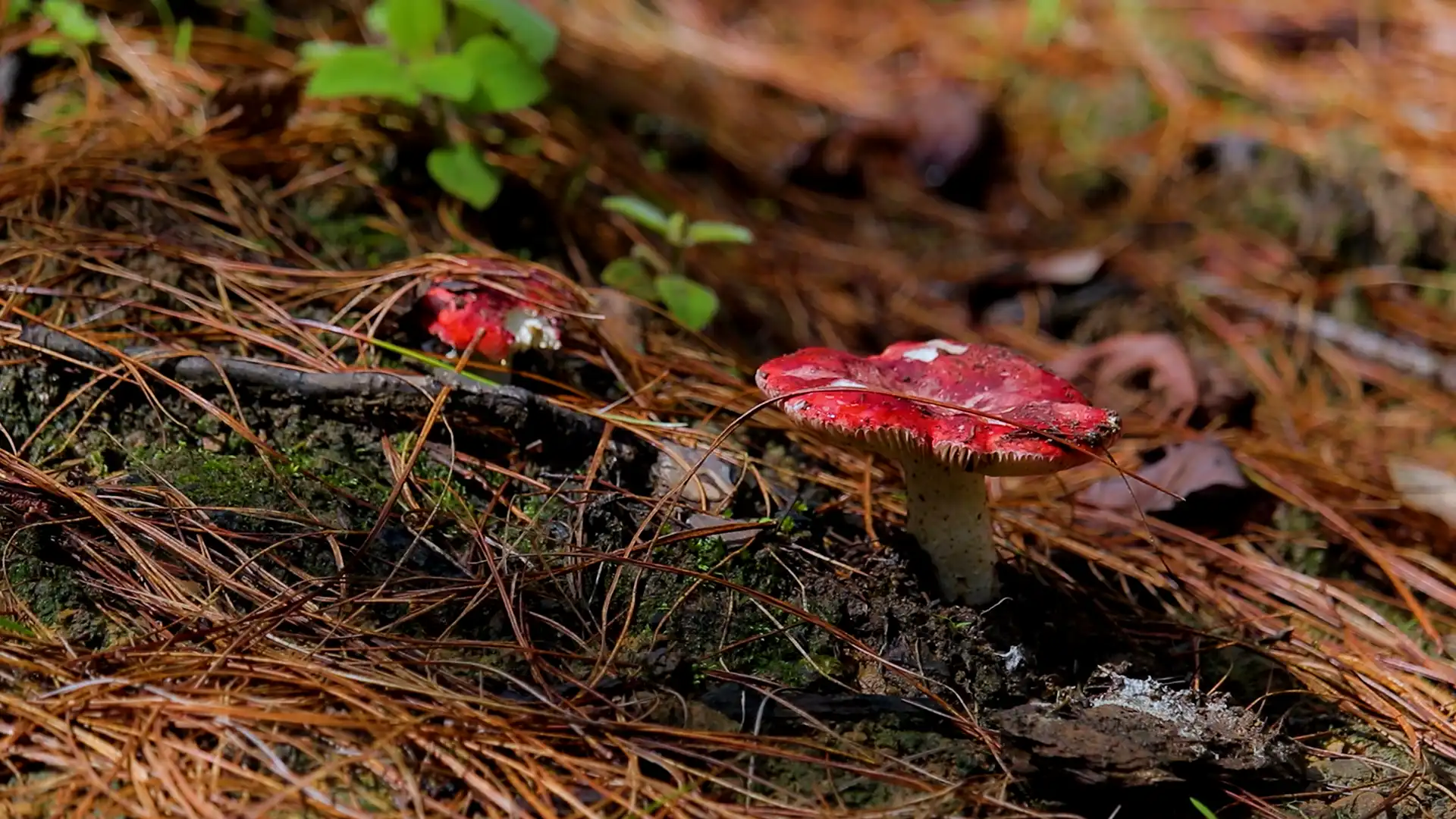
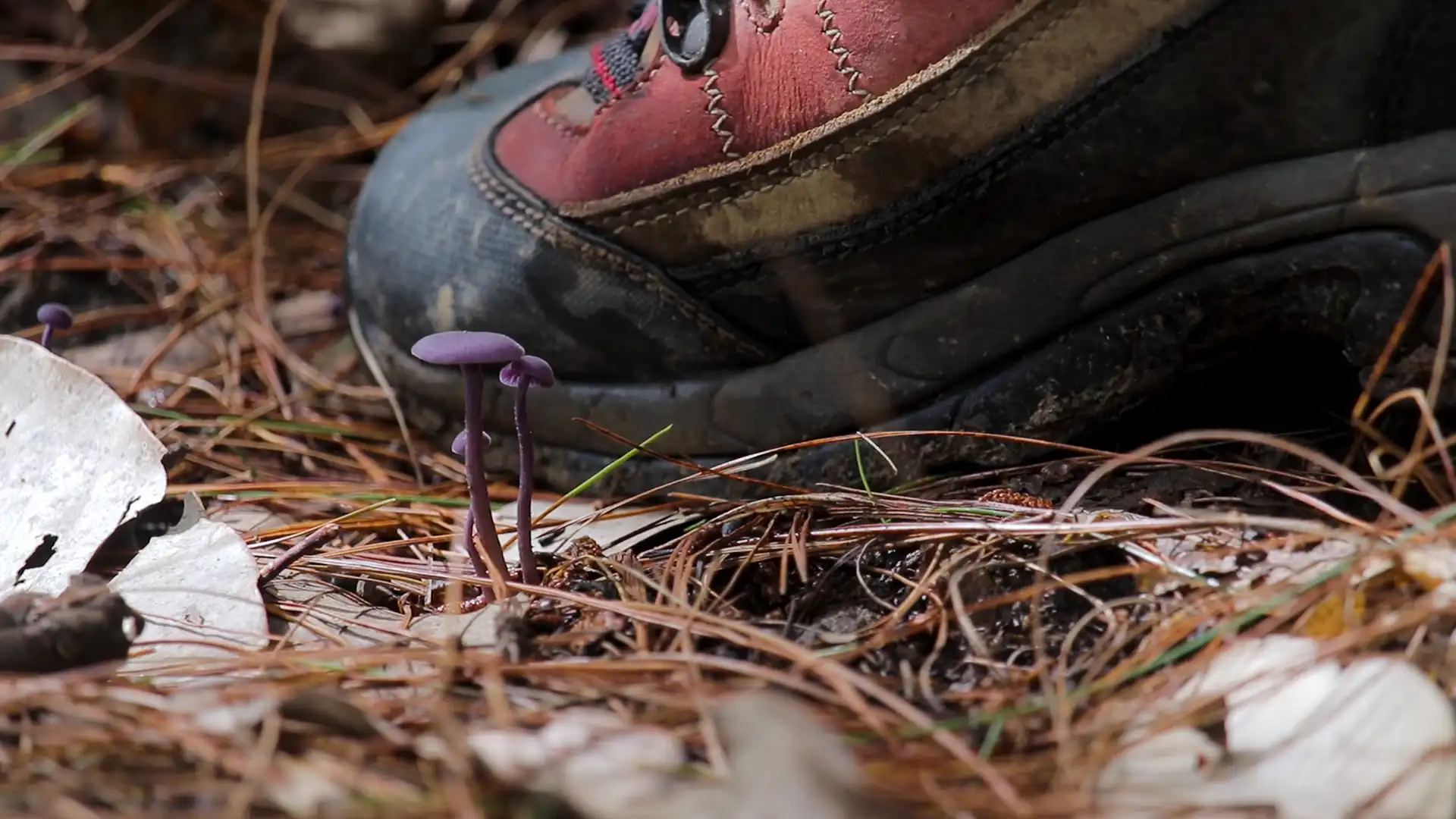


















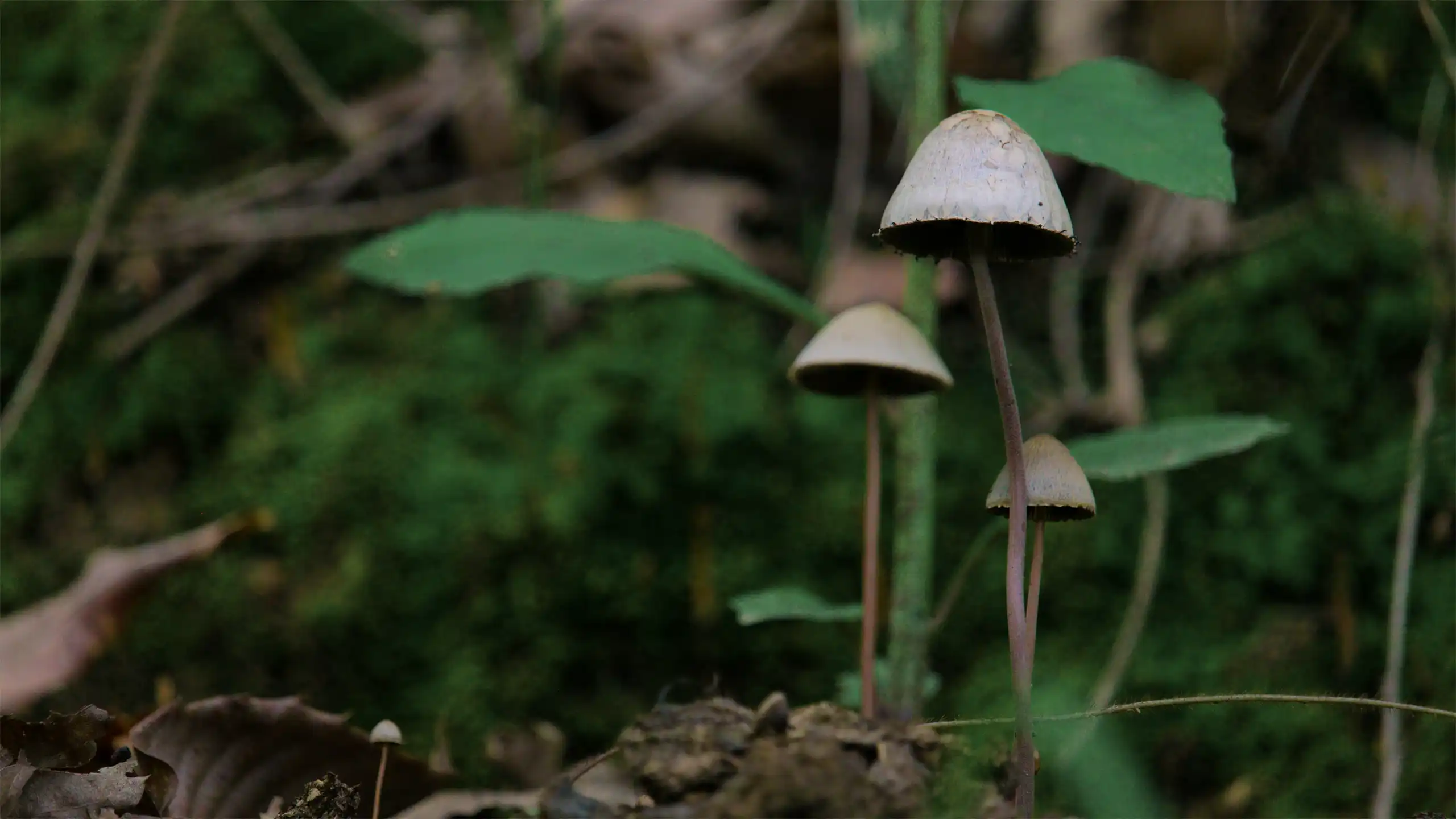
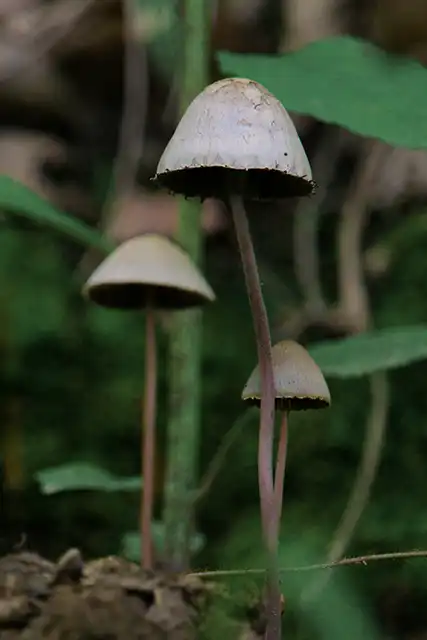



.png)
